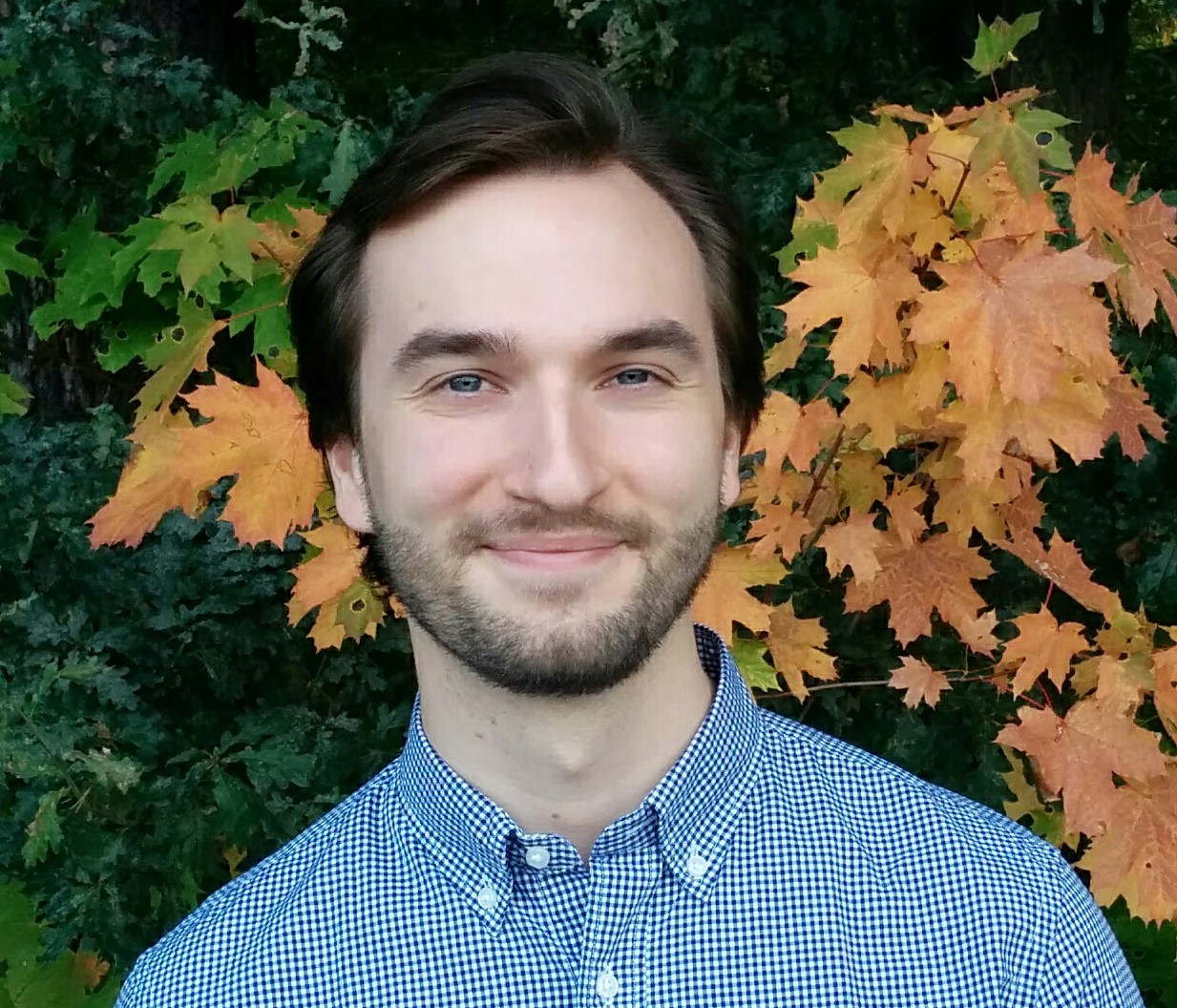Datum
- 2022 okt 14
- Expired!
Tid
- 10:00
Platser
Presenter

Martin Höglund
Mer info
Defence of doctoral thesis: Martin Höglund – Optical Functionalization of Transparent Wood Biocomposites
KTH
The defense is taking place at room F3 and online via Zoom.
Opponent: Professor Jonsson Magnus, Linköpings universitet
Supervisor: Professor Lars Berglund, KTH
Abstract
Transparent wood (TW) biocomposites combines load-bearing properties with high transmittance of light. TW consists of a reinforcing wood substrate that has been infiltrated with a polymer matrix. TW can be combined with additives so that new multifunctional materials are obtained. Functional additives are, however, sensitive to aggregation and the wood structure limits particle infiltration. Dispersion and distribution of additives as well as optical properties were controlled by chemical treatment of the wood substrate. The structure and chemistry of the wood substrate was influenced by delignification or bleaching.
With a thiol-ene polymer matrix, wood was tailored to produce TW with high or low optical scattering. It was possible to dope a delignified wood substrate with a high content of a fluorescent dye to produce TW solid-state dye lasers. Optical scattering enhanced the spectral brightness of the lasers and wave-guiding in TW partially directed the emission, producing a quasi-random laser.
Favourable distribution of nanoparticles (NPs) was obtained by two routes: in-situ synthesis and charge-regulated NP diffusion. With in-situ synthesis, mobile precursors infiltrated the substrate. With charge-regulated diffusion, cationic NPs were dispersed by negative charges in the wood substrate. Structurally coloured TW with wavelength-specific polarization was produced by in-situ synthesis of plasmonic NPs (PNPs). Utilization of wood compounds as reagents and stabilizing ligands produced TW with well-dispersed PNPs. Flame-retardant and self-extinguishing TW with preserved optical transmittance was prepared by charge-regulated diffusion of cationic silica NPs.
In conclusion, functionalization of wood substrates promoted controlled dispersion of additives for TW with new functionalities, such as laser performance, fluorescence, fire-retardant properties and structural colours.
urn.kb.se/resolve?urn=urn:nbn:se:kth:diva-318395

